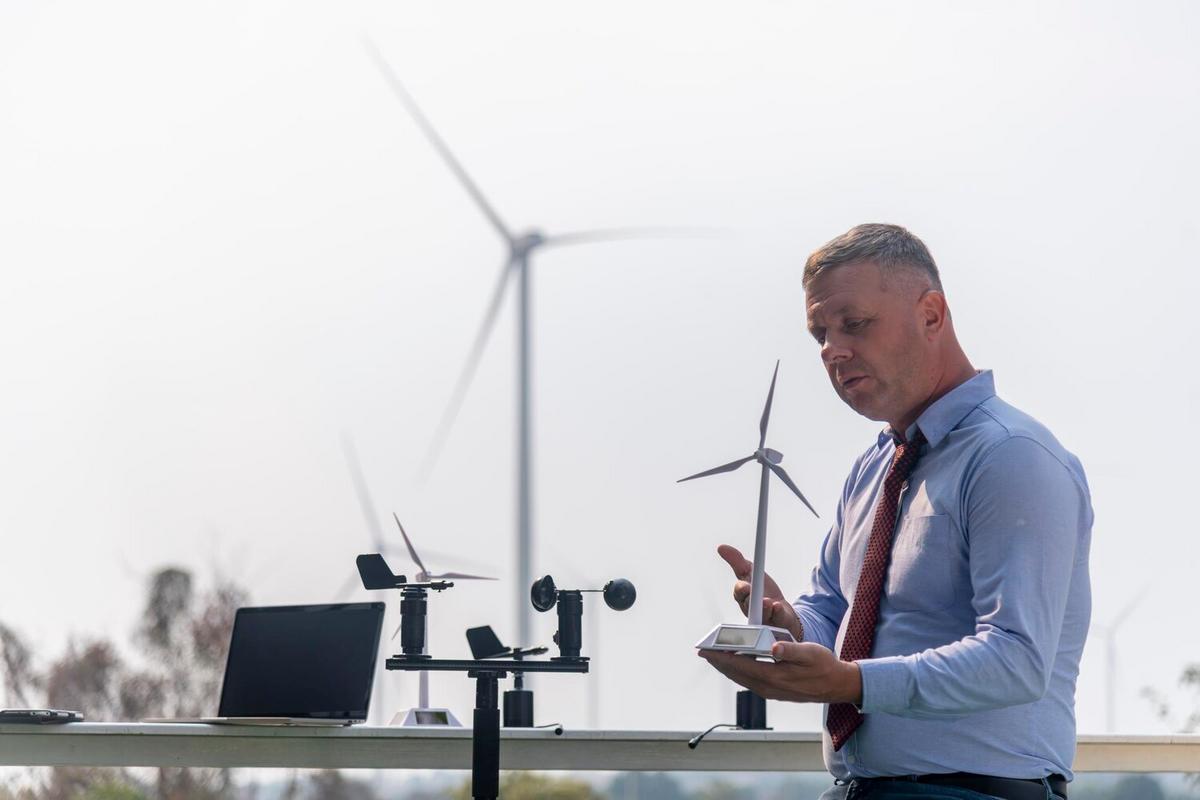
Wind Energy: Emerging Trends and Technologies
Amidst the global push for cleaner energy sources, wind power has emerged as a pivotal player in the renewable energy landscape, continually evolving with new technologies and trends.
Wind energy has established itself as a cornerstone in the journey towards sustainable energy solutions. As technology advances, the efficiency and viability of wind power continue to rise. This article delves into the latest trends and innovations in wind energy, offering insights and expert opinions on its future trajectory.
Trends Shaping Wind Energy
One of the most significant trends in wind energy is the development of offshore wind farms. Offshore locations offer stronger and more consistent winds, which significantly enhances energy production. According to the Global Wind Energy Council, offshore wind capacity is expected to reach 234 GW by 2030, underscoring its growing importance.
Technological Advancements
The wind energy sector is benefiting from various technological advancements. Wind turbines are becoming larger and more efficient, with some models boasting rotor diameters of over 220 meters. This increase in size allows turbines to capture more wind and produce more energy, making them more cost-effective.
“The future of wind energy lies in its ability to innovate and scale,” notes Dr. Emma Clarke, a renewable energy expert. “With the integration of AI and IoT, wind farms can now optimize performance and maintenance schedules, reducing downtime and costs.”
Statistics and Research
Research by the International Energy Agency indicates that wind energy could supply up to 30% of global electricity demand by 2050. This ambitious figure highlights the potential of wind energy to become a cornerstone in global energy supply.
Real-World Examples
In Denmark, a country known for its commitment to renewable energy, wind power accounted for over 47% of the electricity supply in 2020. This remarkable achievement demonstrates the potential of wind energy in reducing reliance on fossil fuels.
Actionable Tips for Embracing Wind Energy
- Consider investing in community wind projects to support local renewable energy efforts.
- Stay informed about government incentives for wind energy installations.
- Encourage local policymakers to prioritize wind energy in future planning initiatives.
Comparison Table: Onshore vs. Offshore Wind
| Feature | Onshore Wind | Offshore Wind |
|---|---|---|
| Installation Cost | Lower | Higher |
| Wind Speed | Moderate | High |
| Environmental Impact | Moderate | Lower |
| Energy Output | Variable | Stable |
| Accessibility | Easy | Challenging |
| Maintenance | Frequent | Less Frequent |
| Noise Levels | Higher | Lower |
| Scalability | Limited | High |
Frequently Asked Questions
What are the main advantages of wind energy?
Wind energy is renewable, reduces carbon emissions, and decreases dependency on fossil fuels.
How does offshore wind energy differ from onshore?
Offshore wind energy involves installing turbines in bodies of water, which can harness stronger winds and produce more energy compared to land-based turbines.
Conclusion
Wind energy is not just a part of the renewable energy mix; it’s a leader in the transition to sustainable energy. By staying informed and supporting policies that promote wind energy, we can contribute to a cleaner, greener future. As wind technology continues to evolve, its potential to reshape our energy landscape is immense and promising.